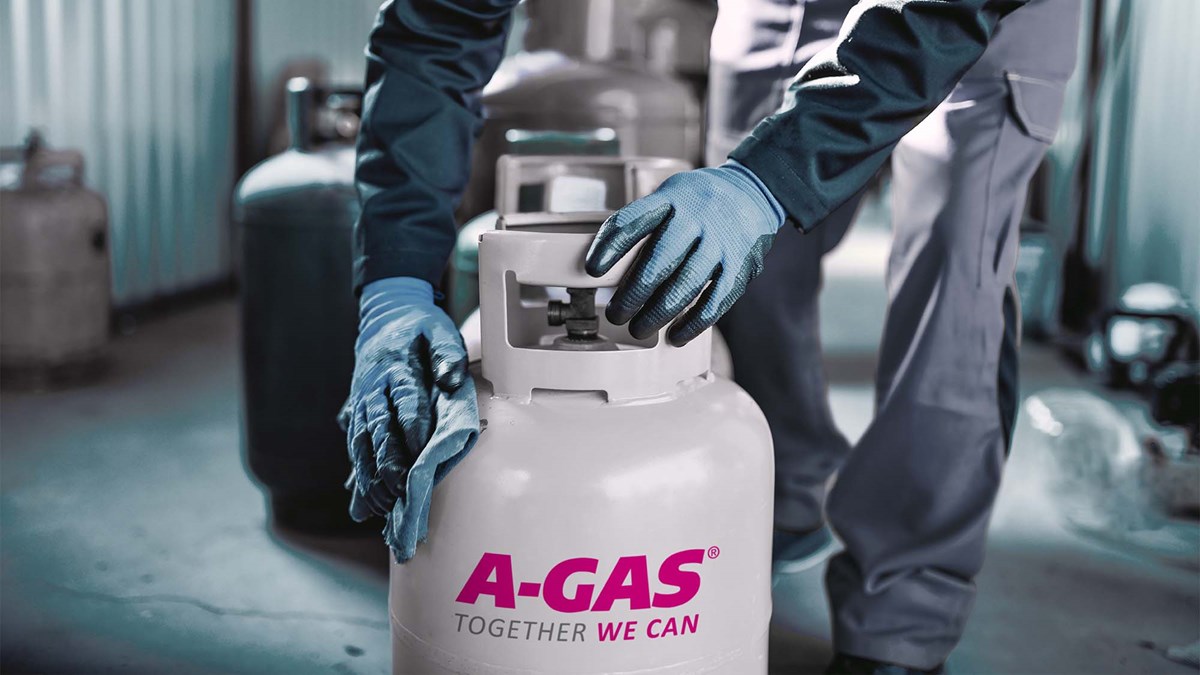A Diversified Environmental Policy is Needed

A-Gas Managing Director - Europe, John Ormerod, explains why being inflexible about the use of high GWP HFC refrigerants in the short term may do more harm than good.
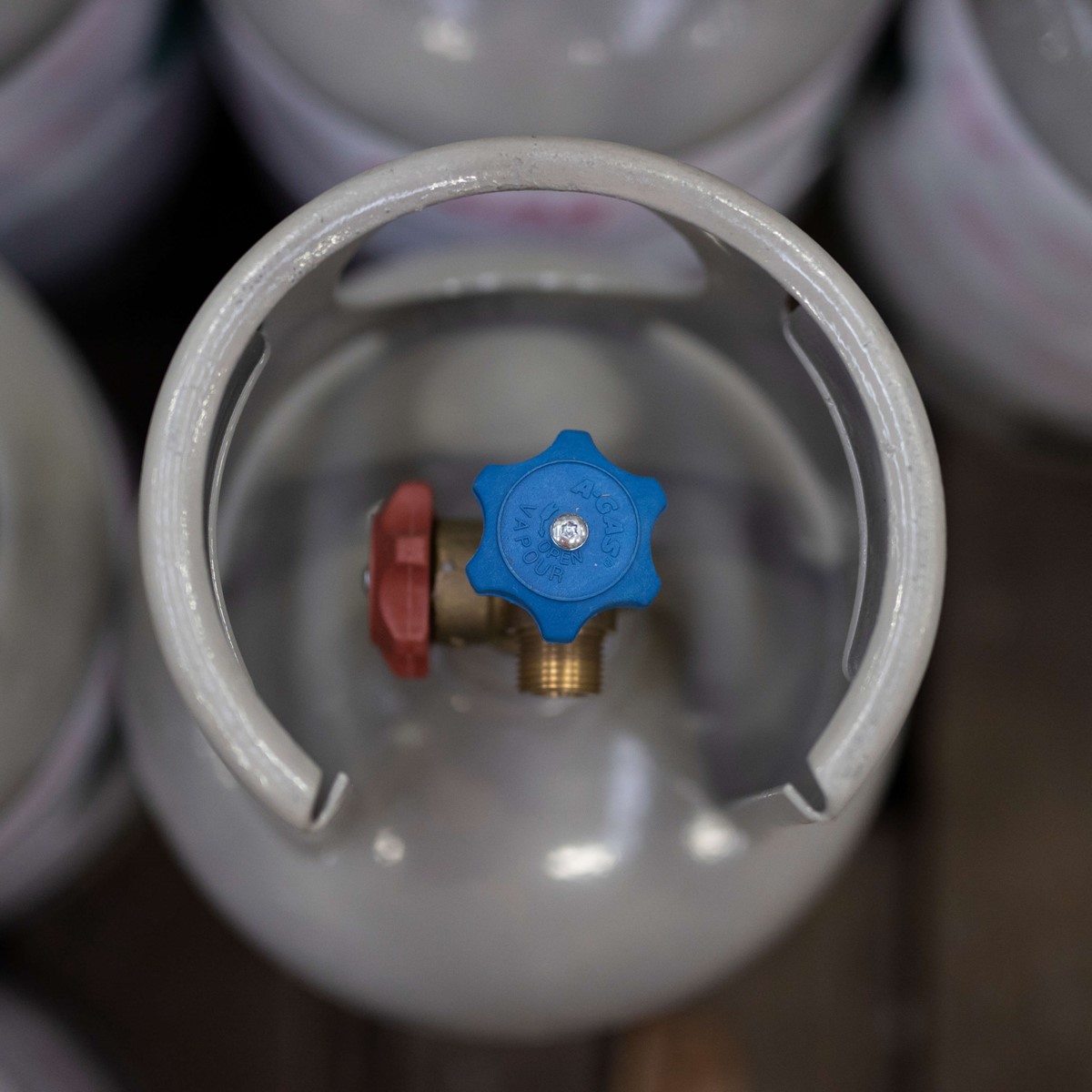
Policymakers are busy shaping the next round of F-Gas restrictions. With the UK likely to follow the lead of the European Union, what happens in Brussels could have a far-reaching effect on our industry in the UK.
The European Commission has tabled proposals for deep cuts in the use of higher GWP refrigerants – and very soon. We could see a complete ban on refrigerants with a GWP higher than 150 in new self-contained refrigeration equipment and heat pumps as soon as 2025. Looking further ahead, a proposed ban for new split air conditioning systems and heat pumps below 12kW capacity using gases with a GWP of 150 or more, could be on the cards in 2027.
I feel I need to make the point that to reduce emissions of high GWP refrigerants and to move to better alternatives is not the problem and is certainly not being disputed. There are a lot of well-intentioned environmental objectives being discussed and decided, but the mechanics of how to achieve these objectives is being determined with limited consultation with the extensive knowledge available within the industry.
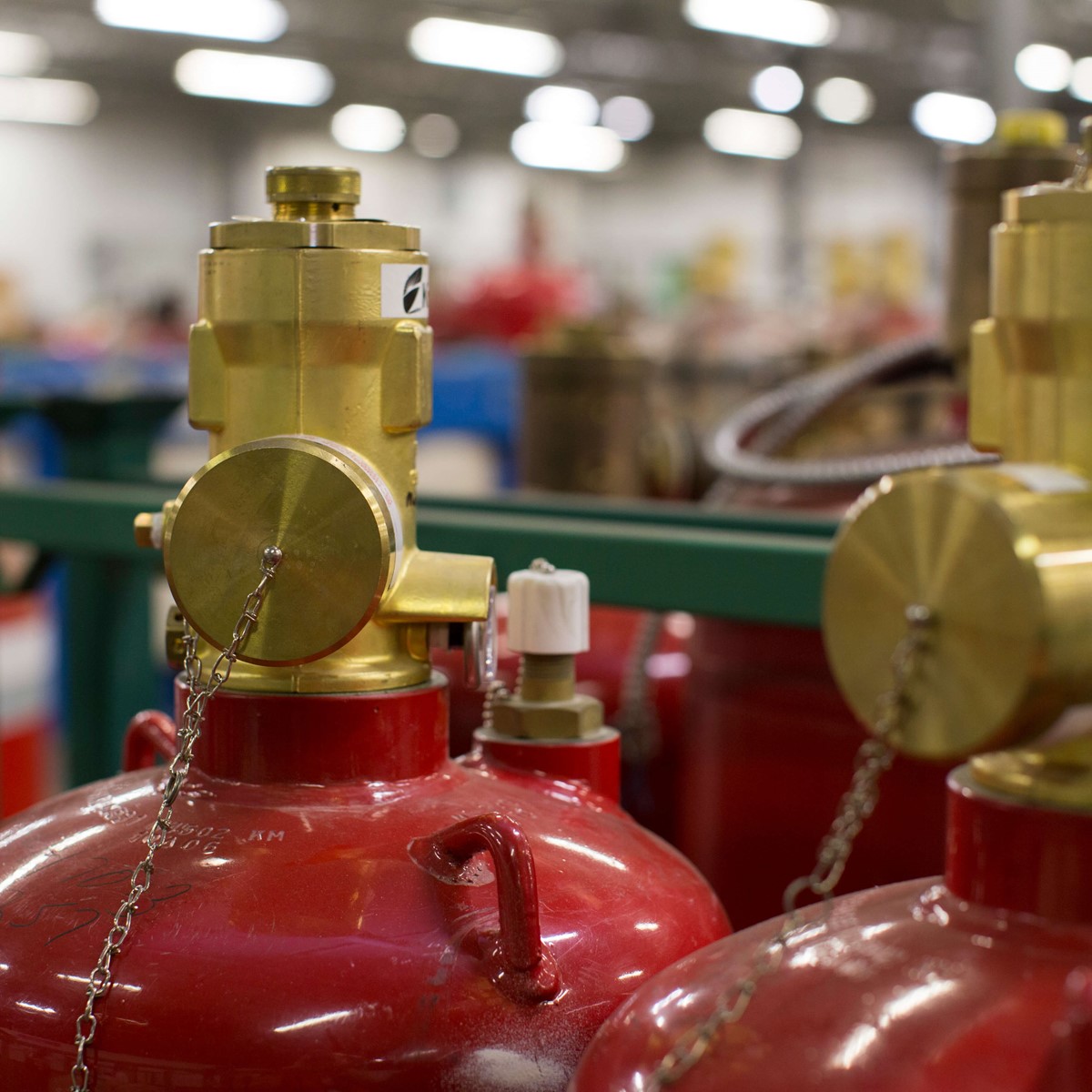
There is also very little time for industry to adapt, which simply doesn’t allow effective planning. It is in all our interests to make certain that environmental objectives are achieved; we believe this will be more effectively accomplished by working with the support of the industry. We want to help policy makers avoid some of the adverse unintended consequences which will result from their rigid proposals and unrealistic timescales.
Industry insiders estimate there are around 30,000 different models of self-contained refrigeration equipment, air conditioning systems and heat pumps in the industry that will need to be redesigned to cope with new refrigerant gas requirements. The proposals will mean a rapid shift to flammable refrigerants.
Getting right to the detail, this will mean that the compressors, heat exchangers and control systems in this equipment will all have to be updated. On the proposed timetable, the industry will have very little breathing space, potentially less than a year if the legislation concludes its passage through Parliament in 2024, to make these changes.
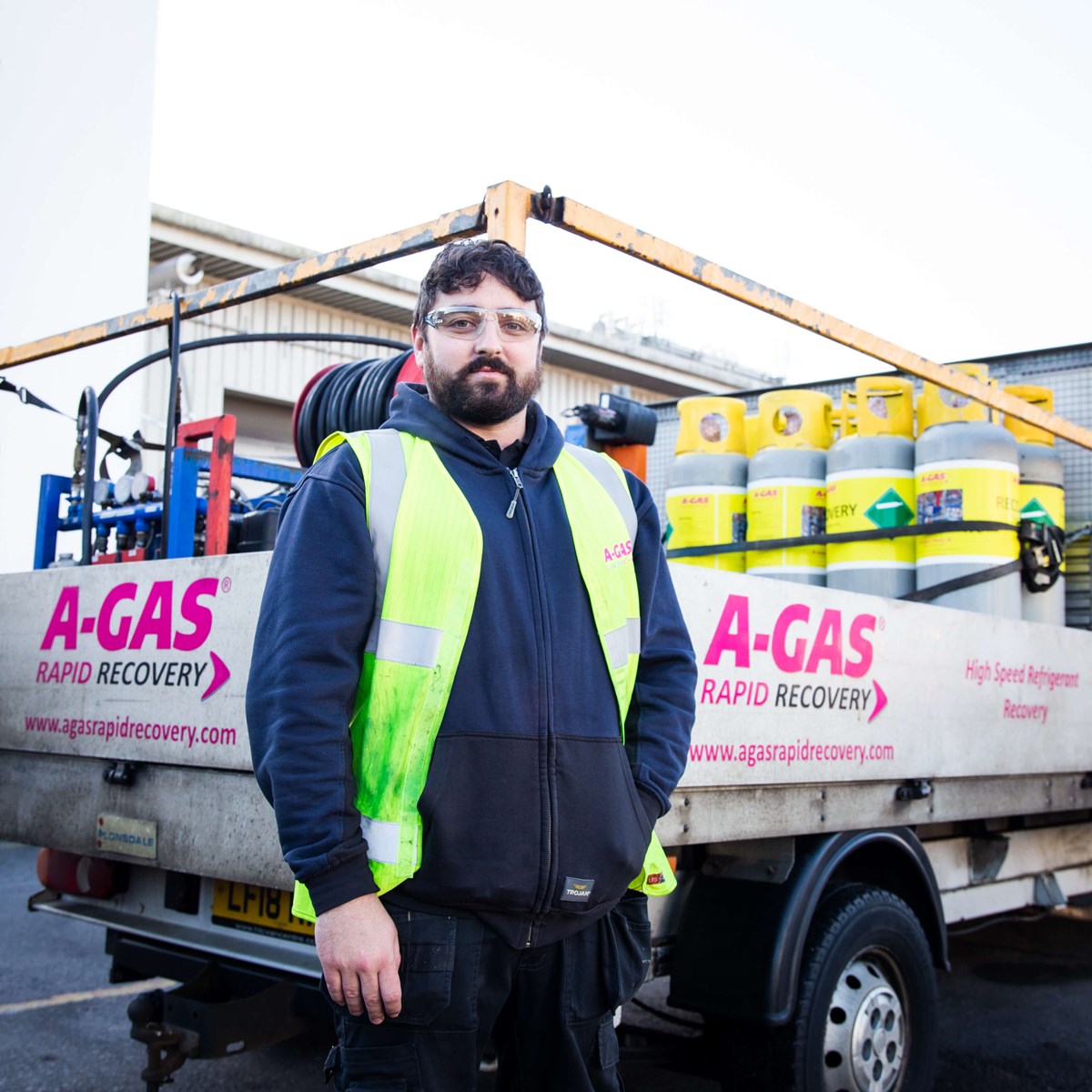
The expected widespread adoption of flammable refrigerants will require different protocols and training, especially for engineers. It will also lead to a lack of available equipment able to meet these new standards, which will affect detrimentally the ambitious target of reducing our dependency on fossil fuels through the use of heat pumps.
What is also evident from these draft proposals is the complete lack of vision around stimulating the reclamation and recovery of refrigerants. Reclaimed refrigerants still only account for three per cent of refrigerant supply, so the industry is currently well off the pace.
Financially incentivising the reclamation of refrigerants, as well as the recovery and destruction of gases where reuse is not appropriate, should become the basis of any future policy decisions if policy makers are serious about making a real difference.
Recovery for reclamation ensures that gases are not vented or leaked into the atmosphere and also avoids the need to produce the equivalent quantity of virgin refrigerants. The best way to achieve ambitious environmental targets is for policy makers to acknowledge the role reclaimed products have in bridging the gap between ambitious policy and practical reality.
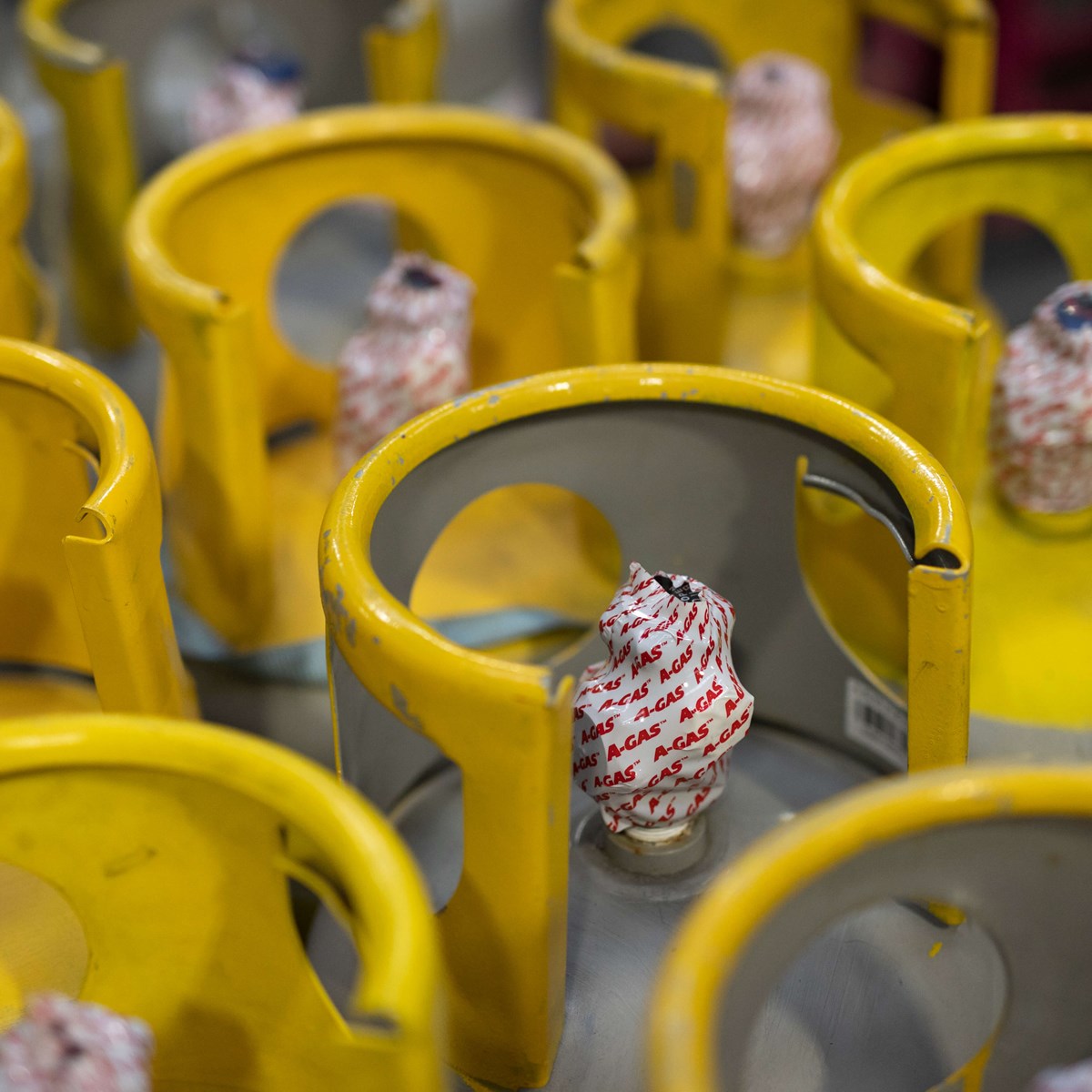
Two examples of incentivising positive change spring to mind. In Australia there are schemes where contractors are paid to return redundant gases to refrigerant suppliers to be destroyed responsibly. In the US, California will only allow the use of reclaimed R410A in new air-conditioning equipment from 2025. There is no reason why these ideas cannot be adapted by policy makers for use in Europe and the UK.
In fact, reclaimed gas is already being used in new equipment by some manufacturers in Europe but perversely this equipment would be caught up in these new bans and you would be doing the opposite to incentivising the circular economy.
If the importance of recovery for reclamation or destruction is ignored, it begs the question: what will happen to high GWP refrigerant gas in the market, especially if it is going to cost customers and installers money to get “rid” of the gas when it no longer has a use? While it is not something we like to think about, there are unscrupulous operators in the market who will vent gas instead of paying for disposal. This will obviously be an environmentally damaging unintended consequence.
We need much greater ambition and creativity to stimulate growth in recovery for reclamation or destruction. The circular economy has a major role to play in this, and if it is not encouraged, there is no way we will be able to meet our climate targets.
Ultimately, a diversified environmental policy is necessary to achieve environmental and sustainability goals. We at A-Gas would like to see policy makers engaging with the industry to work toward positive changes and a sustainable future. Together, we can!
